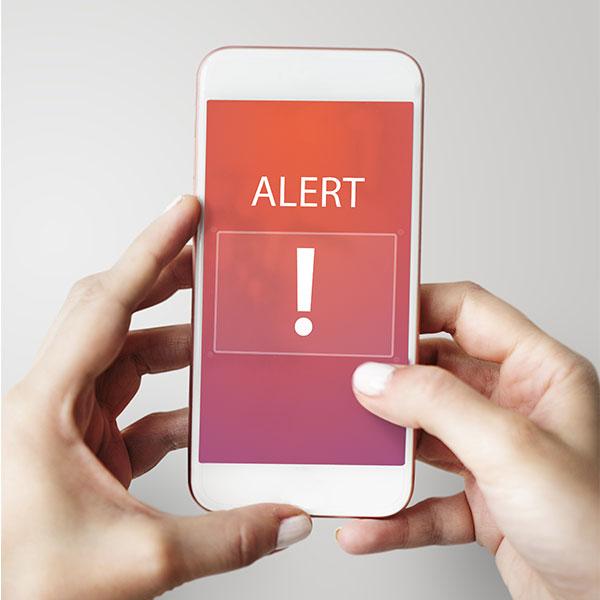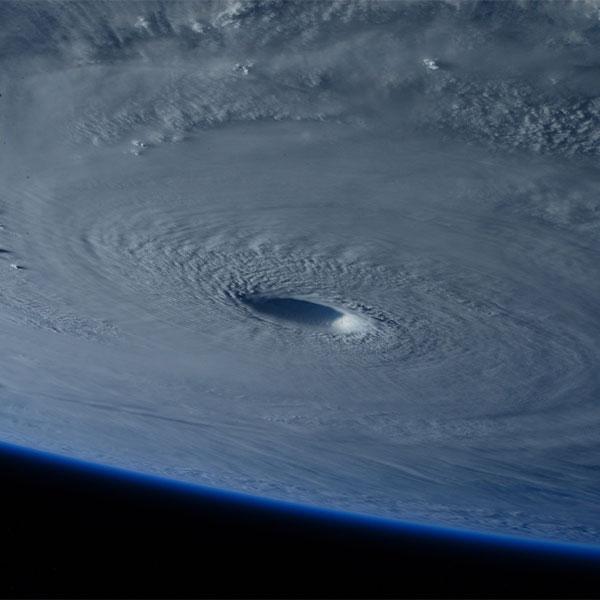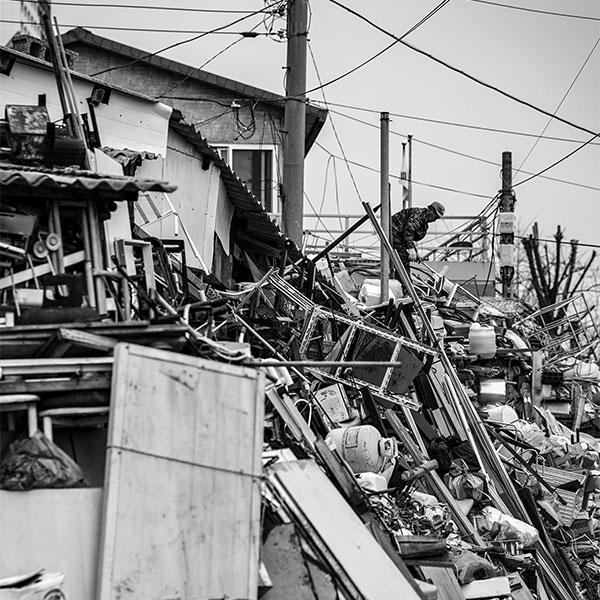With hurricane season approaching, it's crucial to ensure that your home is secure and ready to withstand the storms. Here are some essential tips you can follow to prepare for the hurricane season that officially starts May 1.
1. Secure Your Roof
Shingles: Most shingles are designed to resist water, but they aren't always strong enough to withstand hurricane-force winds. Over time, the adhesive that holds shingles in place may weaken. If a qualified inspector confirms that your shingles' adhesive isn't sticking properly, use a quick-setting asphalt cement to reinforce them. Apply a quarter-sized spot of cement under each shingle and press it into place. Be cautious not to bend the shingle too far during this process. If you spot dark patches on your roof, this may indicate moisture and potential weak spots that should be repaired.
2. Strengthen Roof-to-Wall Connections
Often, the roof is secured to the house using angled nails (called toenailing), which can be insufficient. Consider using hurricane straps to strengthen the connection between your roof trusses and the walls. The National Hurricane Center (NHC) recommends the following installation:
To install hurricane straps and clips, remove the roof sheathing around the perimeter of the roof to reveal the top of the wall. You may also need to remove the soffit and exterior cladding to expose the top 12 to 18 inches of the wall. If your roof has trusses, make sure to anchor them securely to the wall stud. (Read more on the NHC website).
3. Protect Your Windows
If your home is in a hurricane-prone area, you may already have impact-resistant shutters installed. However, it's essential to check their condition. Some homeowners use laminated window systems, which are plastic bonded to glass. Temporary plywood shutters are common, but they often fail because they aren't securely fastened. For more reliable plywood shutter designs, check out the APA's website. If you're purchasing manufactured shutters, make sure they don't bend under pressure by gently testing them. Proper installation is key.
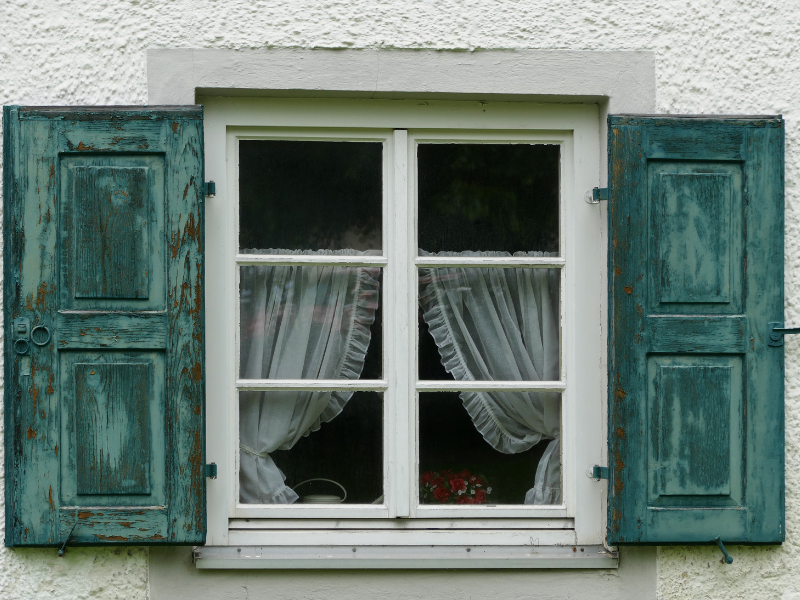
4. Secure Your Doors
Most solid wood or hollow metal doors can withstand hurricane conditions. However, if you're concerned about your door's durability, the NHC recommends these precautions:
- Install head and foot bolts on the inactive door of double-entry doors.
- Ensure that your doors have at least three hinges and a deadbolt lock with a minimum one-inch bolt throw length.
- Check the connections of double entry doors, particularly at the header trim and threshold, where bolts often break. Make sure the surface bolt extends into the door header and through the threshold into the subfloor. (Read more on the NHC website)
5. Strengthen Your Gabled Roof
A gabled roof, typical of A-frame structures, is highly susceptible to wind pressure on the exposed end. To prevent collapse during strong winds, secure the gable end wall by attaching eight-foot long braces connecting the roof section to the wall. Use 16d nails to fasten the braces securely.
6. Check Your Vents
Make sure that all heater and water vents are securely attached and not loose. If any are detached, take the necessary steps to reattach and reinforce them to prevent damage during the storm.
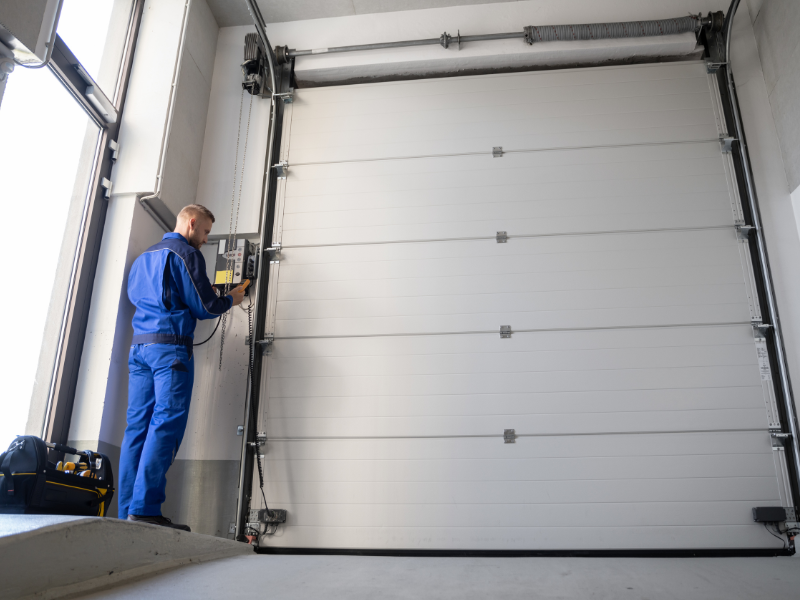
7. Protect Your Garage
Garage doors are especially vulnerable to hurricane winds due to their large size. Consider installing a garage door bracing kit available at most hardware stores. You can also add horizontal and vertical braces to each panel using wood or metal to reinforce the structure.
8. Maintain Your Yard
Dead tree branches and loose yard ornaments can become dangerous projectiles during a hurricane. Remove any unnecessary items and trim trees and shrubs to reduce the risk of damage. Additionally, ensure that water flows away from your home to prevent flooding. Clear gutters and drains to direct rainwater away from the foundation.
What Are Your Recommendations?
How do you typically prepare your home for hurricane season? Share your tips in the comments below to help others stay safe.














